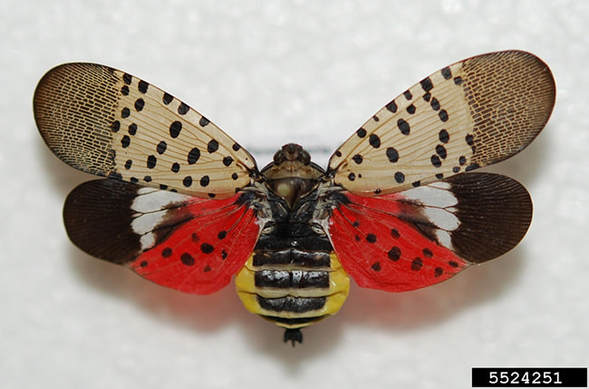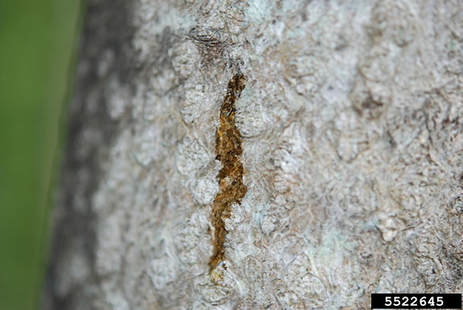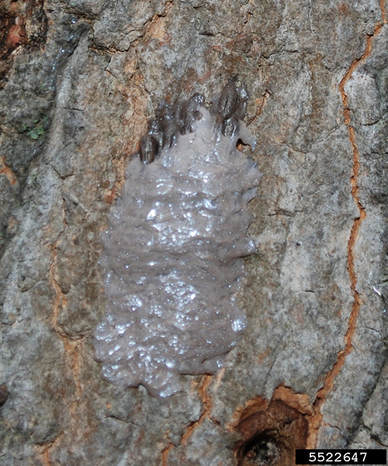|
By Kathryn Norman When I started university (or, if I’m being honest, throughout most of my life), narrowing down a field of interest was difficult for me. I sort of wanted to go into healthcare, but I was also really interested in ecology, physics, anthropology and so many other subjects. You can’t blame me – the world is pretty full of interesting stuff and neat things to learn about. I chose to focus on the biological sciences, but even within those bounds there was a lot of choice. Brains are super interesting, so neurobiology was a must. Mucking around in swamps is fun, so some natural history and ecology field courses were needed too. Bioinformatics was new and exciting. Plants, also, are very cool. And animals! Don’t get me started! So many exciting animals. Don’t get me wrong, I’m not trying to dump on any of the things I studied at university – if I could, I’d go back and study more! I’m just trying to set the stage for how I ended up focussing on none of those topics. Of the many fields I dabbled in, ecology really grabbed me. Concepts like the stability and resilience of ecosystems were fascinating. The number of different ways of asking questions about the natural world, and of finding answers, was novel. It didn’t hurt that I had some amazing professors and found the subject material intuitive. I’m not sure where I first encountered the term “invasive species”, but I do remember the course that drew me into that field. It was a fourth year biology course called “Plants and Herbivores”. I think I mostly took it because I needed another half credit at that level. It also fit in my schedule, and I remembered having liked the prof in a previous class. I didn’t really grasp what it was about until it started, but this is where I got into the ins and outs of invasive species biology at an ecosystem level. I loved the class. I did fantastically well in it. Through it, I ended up with a summer research job, and found myself starting a Master’s degree studying invasion biology and biological control. You could actually say it changed my life. I didn’t end up going on to a career in healthcare, or even in academia, but ended up in the environmental non-profit sector. I am in a position that allows me to stay up to date on many of the wide range of topics I had a hard time choosing between in undergrad. But I repeatedly come back to invasive species ecology, in one way or another. Invasive species are one of the largest threats to biodiversity, in Canada and worldwide. We see this over and over again with examples such as Asian carp, zebra mussels, Phragmites australis and many others. Now we need to be on the lookout for a new potential threat: the Spotted Lanternfly. Native to much of Asia, the Spotted Lanternfly (Lycorma delicatula), is at least, well, easy to spot. A type of planthopper (family Fulgoridae, a type of “true bug”), it is brightly coloured in almost all of its life stages, about an inch long as an adult, and distinctively spotted. It is mainly a pest of trees and orchard fruit including grapes, and was first reported in North America in 2014 in Pennsylvania. Before coming to North America, it became a serious introduced pest in Korea, and there is fear for the orchard and logging industries in North America if it becomes widely established. Over 70 host species have been identified, including most orchard fruits and important tree species such as maple and birch, so the potential ecological and economic impact of this pest is large. Perhaps the easiest way to spot an infested tree is the weeping wounds that the Spotted Lanternfly leaves in the bark – similar to if you drove a nail into a tree and then pulled it out, allowing sap to flow down the outside of the tree. Nymphs also secrete honeydew, which can accumulate around the base of plants (and also attract aphids). Both the sap and the honeydew may grow a sooty black mold. Egg masses are somewhat camouflaged, and are covered with a layer of a grey waxy substance. If spotted, they can be scraped off and the eggs killed with ethanol. Fortunately, the Spotted Lanternfly has not yet been reported in Canada, but the Canadian Food Inspection Agency (CFIA) has recently added it to its list of regulated pests. Inspectors will check for evidence of it on cross-border shipments of tree products, and the general public is encouraged to report any suspicious specimens they find (which can be done through the CFIA contact form here. Currently, the Spotted Lanternfly population in North America is confined to Pennsylvania, although the rest of the continental United States (and by extension, Canada) is considered at risk. On a positive note, there have been reports of an existing biocontrol agent (the egg parasitoid Ooencyrtus kuvanae, introduced in hopes of controlling Gypsy Moth populations in 1908) using Spotted Lanternfly egg masses. This represents a novel host for this parasitoid, and presents a possibility of biological control without much additional work. Kathryn Norman is the editor of the Peace & Environment News, Communications Coordinator at Sustainable Eastern Ontario, and a communications volunteer with the Ontario Invasive Plant Council and Ontario Environment Network. She did her M.Sc. in invasive species ecology at Carleton University.
1 Comment
|
ELB MembersBlogs are written by ELB members who want to share their stories about Ontario's biodiversity. Archives
January 2023
Categories
All
|




 RSS Feed
RSS Feed